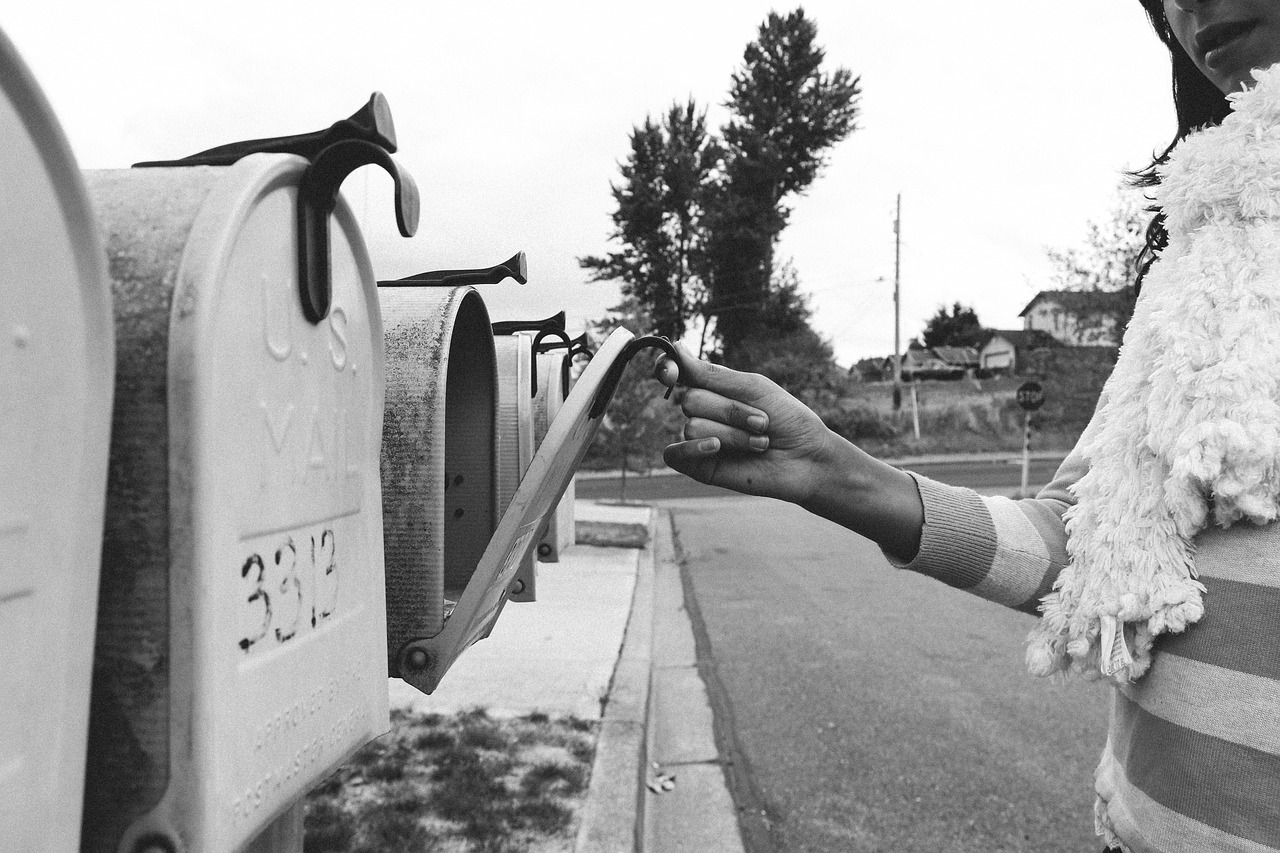A Request for Evidence (RFE) is a notice that USCIS sends to you when they want additional information pertaining to the documents you initially submitted for your immigration matter. Sometimes these are called Request for Initial Evidence. There are several steps you should take when you receive an RFE, detailed below.
Seek Help from an Immigration Lawyer
Your request should outline the additional documents that you need to provide or the additional information that USCIS wants; however, RFEs are often vague and unclear. If this is the case, speak with an immigration lawyer. The lawyer will be able to assist you in knowing what documents or forms you’ll need to respond to the request for evidence.
Even if you think you know what USCIS wants, you should double check with an attorney. Sometimes there are additional documents or explanations you should provide with your response to the request, and often the RFE letter is not clear on what’s actually required.
Check the Due Date on Your RFE
The RFE letter will include a date that your response to the Request for Evidence is due. USCIS must receive all documents before that date. Otherwise, USICS will evaluate your immigration case with the forms, documents, and evidence you initially provided. This can put your immigration status at risk because USCIS may not have enough information to accept and approve your case.
Don’t wait until the last minute to speak with an immigration attorney as there may be several documents you will need to submit. Some documents can take a while to gather and receive, so if you wait too long to act, then you may not submit your RFE response on time.
Don't Worry
It can seem scary to receive an RFE in the mail because it feels like you made a mistake on your initial application. An RFE doesn’t always mean you made a mistake—sometimes USCIS makes mistakes, and often they send out RFEs even though the application was properly submitted. An RFE is an opportunity that USCIS gives you to make sure your information is correct and sufficient to process your application. You absolutely need to respond to it, even if it was issued due to a mistake made by USCIS.
Requests for Evidence are very common. So long as you respond to the request with the appropriate documents and information and within the allotted time, then there is no need to worry. If you are concerned about what documents to submit or about the due date of your RFE, consult with your attorney and they will advise you accordingly.
Best Practices To Prepare for an RFE or Other Requests from USCIS
There are many steps you can take to prevent an RFE or at least prepare in the event that you receive a Request for Evidence.
Consult with an Immigration Attorney
Even if you do not hire an attorney to represent you for your whole case, many attorneys may still offer consultations or reviews for your paperwork. Lawyers are the only people you should consult for legal advice regarding immigration matters. Make sure the attorney you meet is licensed—you can verify this by asking the attorney for their bar license number and checking it online. Ideally, the attorney should also be a member of AILA, the American Immigration Lawyers Association.
Make Copies of All documents
Before you send your initial documents to USCIS, make a good, clear copy of your entire packet. This includes all the forms you plan to submit, all the supporting documents, and any legal documents you include.
When you receive an RFE, you will likely want to send a copy of the original forms you submitted as well in case USCIS lost your initial documents. If you keep a copy of your original documents as well, you will be able to use them as a reference to better navigate what you need to submit after receiving the RFE.
Common RFEs
USCIS could send an RFE for almost any form you submit. Below, we’ve outlined some of the most common RFEs and how to respond to the request.
Green Card Applications
Often these RFEs are issued for the I-864 Affidavit of Support, for evidence of marriage, or for incorrect forms of birth certificates or marriage certificates.
RFE for I-864: Affidavit of Support
The Affidavit of Support, or form I-864, ensures that the immigrant’s sponsor or joint sponsor is capable of financially supporting the immigrant. There are minimum income thresholds that the sponsor or joint sponsor must meet for USCIS to accept the immigrant’s application for a Green Card. These minimum income requirements can be found here. Sometimes USCIS sends these out even when the I-864 was properly submitted—in fact, they often send these out if there’s even a small amount of complexity involved with the I-864.
Sometimes a sponsor will not make enough money or doesn’t yet have enough proof of their income which means USCIS needs additional evidence to ensure that the applying immigrant will have someone who is financially responsible for them. Depending on your specific circumstance, you may need to provide additional proof of your income which could include submitting W2s, paystubs, and employment letters. You may need to provide evidence of assets. In other instances, you may need a joint sponsor. If you aren’t sure what the best option for you would be, consult with an immigration lawyer.
RFE for I-130: Petition for Alien Relative
The I-130 is a form that helps verify your relationship with the immigrant. If you are the spouse of an immigrant, then the I-130 makes sure that your marriage and relationship is legitimate. If USCIS requests evidence for this form, then they want additional proof that your relationship is real. This kind of evidence could include photos, joint accounts, and joint lease or loan agreements. There are many other kinds of evidence you could provide, but the kind of information you submit will depend on your specific relationship and circumstances.
Attorney Tim Jones
Each RFE may require different documents or evidence. Attorney Jones knows how to best handle the vague requests that USCIS sends, so you can be at ease knowing that we will swiftly handle the response to the RFE.
If you have concerns about an RFE you received, contact us today!


